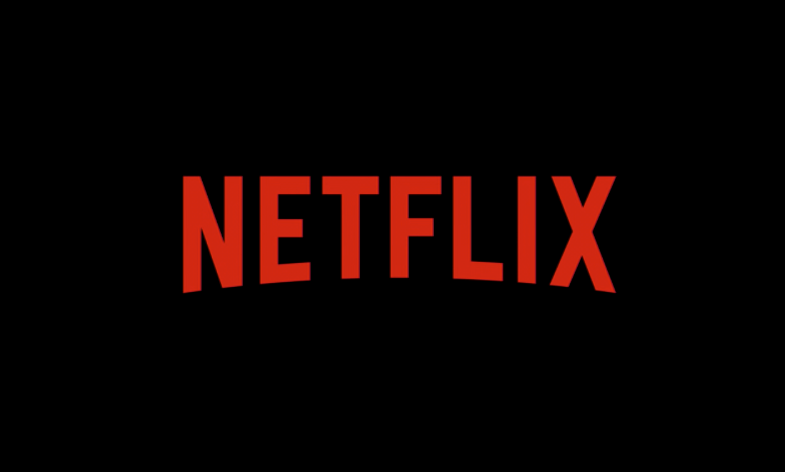Why Does Netflix Remove Movies And TV Shows?
Netflix is one of the biggest and most popular streaming services in the world, known for hits shows like Stranger Things and The Witcher and original movies like Extraction, The Irishman, and many more. From time to time, though, Netflix removes content from its library–but why?
The answer is pretty simple. Netflix pays movie and TV studios to license their content around the world, and those deals aren’t good forever. Netflix would presumably want to keep as much content available for as long as possible, but this isn’t always possible due licensing arrangements. As such, some titles have to leave the Netflix library.
In a post on its website, Netflix explained that when a licensing contract for a film or TV show is coming up on its expiration date, the company considers a variety of elements. First off, Netflix needs to determine if the rights remain available. If they are available for extension, Netflix considers the popularity of a show, region-by-region, along with what a new licensing arrangement might cost.
These factors go into Netflix’s overall formula for deciding whether or not to continue to license a show or let it go. There could be any number of additional factors that get put into the formula, too, that Netflix doesn’t disclose. For example, Netflix has faced pressure to remove content that some viewers deem to be controversial, like Dave Chappelle’s stand-up specials or the movie Cuties. Netflix did not remove those, but it’s reasonable to assume Netflix would factor in the wider discussions and discourse about those programs and similar ones when it thinks about future programming.
In terms of the cost of a license, if a show is popular and in-demand, the licensor might ask Netflix to pay more to extend the deal. Netflix, then, has to determine if a new arrangement at a higher fee is worth their investment given what they could get back in terms of new subscribers or ad revenue.
Another element to consider here is Netflix’s content libraries vary by region. If you’ve ever gone on vacation and booted up Netflix in another country, you might have noticed the content programming may be different. That’s because Netflix makes licensing deals for content on a region-by-region basis.
There is also the competitive landscape to consider. Netflix originally had the rights to massively popular shows like The Office and Friends, but they left the Netflix library and joined the services run by their parent companies. The Office now streams on Peacock and Friends airs on HBO Max. Again, this pertains only to the United States.
When a show or a movie is due to leave Netflix, the programming’s page will alert viewers of when it’s getting pulled so they have enough time to watch before it goes away. If a TV series or movie is set to leave Netflix in the next month, Netflix will display a “Last day to watch on Netflix” message on the content’s page at the top of the screen.
For Netflix’s own content, its TV series and movies are usually available in all regions and generally do not get removed, though this isn’t always the case. For example, Netflix’s very first series, Lilyhammer, was removed from Netflix in the US in November.
It also bears mentioning that other streaming services, like HBO Max and Peacock, also regularly rotate content due to licensing agreements. The same is true for video game subscription services like Xbox Game Pass and PlayStation Plus.
For more, check out GameSpot’s rundown of what’s new on Netflix in December 2022, including Glass Onion: A Knives Out Mystery, The Witcher: Blood Origin, and more.
The products discussed here were independently chosen by our editors.
GameSpot may get a share of the revenue if you buy anything featured on our site.
